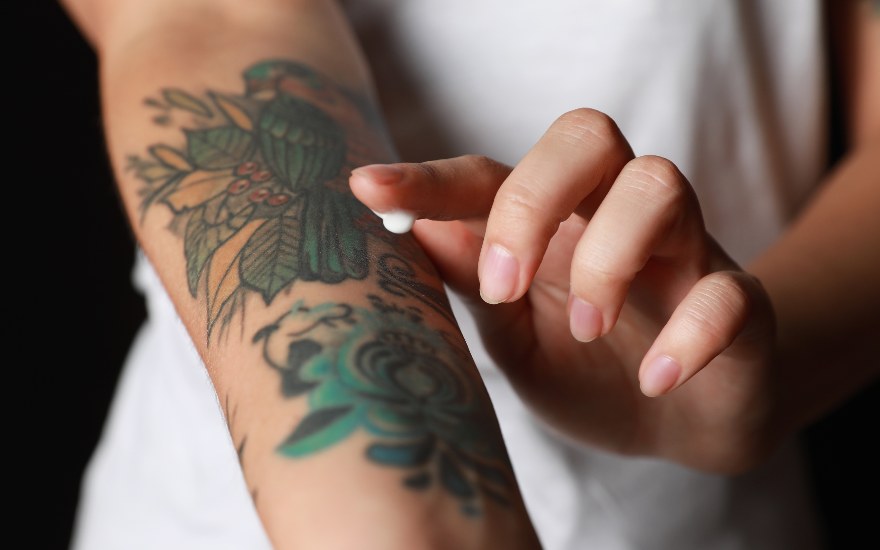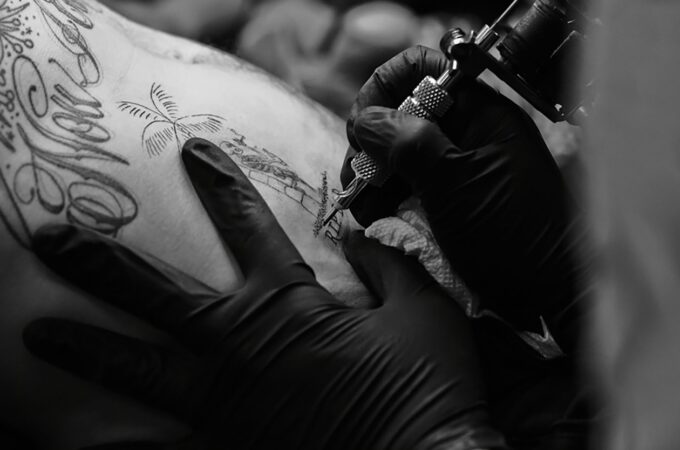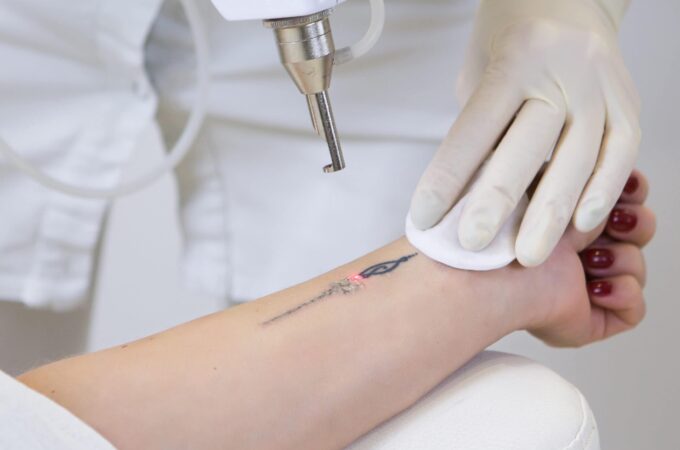
Tattoo Numbing Cream Application: Dos and Don’ts for Success
Tattoos have evolved from being symbols of rebellion to becoming a mainstream art form and personal expression. However, the process of getting a tattoo can be daunting, especially for first-timers. One aspect of tattooing that often causes anxiety is the pain associated with it. This is where tattoo-numbing creams come to the rescue. In this comprehensive guide, we’ll delve into the dos and don’ts of tattoo numbing cream application, ensuring your tattoo experience is as painless and successful as possible.
The Benefits of Tattoo Numbing Cream
Before we dive into the specifics, let’s discuss why tattoo numb cream is such a game-changer. Tattooing involves needles puncturing your skin hundreds of times per minute, which naturally leads to discomfort and pain. Tattoo-numbing creams contain active ingredients that temporarily dull the sensation in the tattooed area, making the process more bearable. Here’s why using tattoo numbing cream is a great idea:
1. Pain Relief
The primary benefit is, of course, pain relief. Tattoo numbing creams contain lidocaine, prilocaine, or a combination of both, which effectively block pain signals from reaching your brain. This allows you to sit through the tattooing process with minimal discomfort.
2. Longer Sessions
With numbing cream, tattoo artists can work for longer periods without compromising the quality of the tattoo. The reduced discomfort means you can endure lengthier sessions, which can be crucial for intricate and detailed designs.
3. Reduced Anxiety
Nervous about getting a tattoo? Tattoo-numbing creams can significantly reduce your anxiety, as you know you won’t have to endure unbearable pain during the process.
Now that we’ve highlighted the advantages of tattoo-numbing creams, let’s explore the dos and don’ts for a successful application:
Dos for Effective Tattoo Numbing Cream Application

1. Consult with Your Tattoo Artist
Before applying any numbing cream, it’s crucial to consult with your tattoo artist. They are experienced professionals and will guide you on the best numbing cream to use. Some tattoo artists even provide numbing cream as part of their service.
2. Test a Small Area
Always perform a patch test before applying the cream to a larger area. Apply a small amount on a non-sensitive part of your skin to check for any allergic reactions or irritation.
3. Apply the Cream Generously
Ensure you apply the tattoo numbing cream generously, covering the entire area where you’ll be getting the tattoo. Use a plastic wrap or a clear film to seal the cream in place and enhance its effectiveness.
4. Follow the Instructions
Read and follow the manufacturer’s instructions carefully. Some numbing creams require a specific duration for optimal effect, so it’s essential to adhere to these guidelines.
5. Time it Right
Apply the numbing cream about 30 minutes before your tattoo appointment. This allows sufficient time for the cream to take effect and ensures you’re comfortable throughout the session.
Don’ts for Effective Tattoo Numbing Cream Application
1. Don’t Overdo It
While it’s essential to apply the cream generously, avoid excessive use. Overusing numbing cream can lead to complications, so stick to the recommended amount.
2. Don’t Use Homemade Remedies
It’s tempting to experiment with DIY numbing solutions, but it’s not advisable. Steer Clear of Homemade Numbing Solutions
Resisting the temptation to create DIY numbing remedies is crucial. Stick to professionally tested numbing creams to ensure both safety and effectiveness.
3. Don’t Use Numbing Creams on Broken Skin
Never apply numbing cream on broken or damaged skin. This can lead to complications and may not be as effective.
4. Don’t Rely Solely on Numbing Cream
Remember that numbing cream is a complement to the tattooing process, not a substitute for a skilled artist. Your artist’s expertise plays a crucial role in the outcome of your tattoo.
5. Don’t Forget Aftercare
After your tattoo is complete, follow your artist’s aftercare instructions diligently. This includes cleaning, moisturizing, and protecting the tattooed area to ensure it heals properly.
In conclusion, using numbing cream for tattoos can make your tattoo experience much more comfortable and enjoyable. By following the dos and don’ts outlined in this guide, you can ensure a successful and painless tattooing process. Remember, consult with your tattoo artist, test the cream, and follow the manufacturer’s guidelines for the best results.




